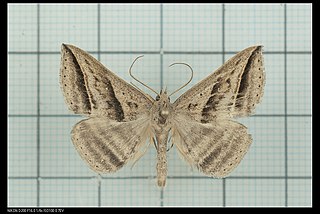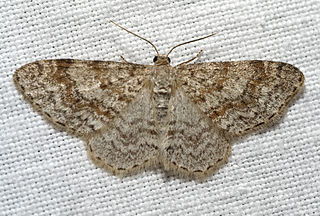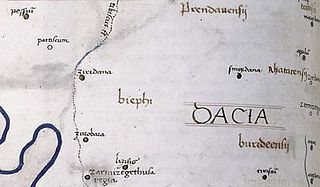
The flannel moths or crinkled flannel moths are a family of insects. They occur in North America and the New World tropics. The larvae are called puss caterpillars, and with their long hairs, resemble cotton balls. They have venomous spines that can cause a painful sting and inflammation lasting for several days. In some cases, the sting may cause headache, nausea, and shock-like symptoms. Perhaps the most notorious for stinging is the caterpillar of Megalopyge opercularis.

Blasticorhinus is a genus of moths of the family Erebidae.

Maxera is a genus of moths of the family Erebidae described by Francis Walker in 1865.
Psalis is a genus of tussock moths in the family Erebidae.
Ziridava is a genus of moths in the family Geometridae.

Asthenini is a tribe of geometer moths under subfamily Larentiinae first described by Warren in 1893. The tribe has been combined with Eupitheciini in the past, most notably by Jeremy Daniel Holloway in his work The Moths of Borneo.

Eupitheciini is a tribe of geometer moths under subfamily Larentiinae, often referred to as pugs. The tribe was described by Tutt in 1896.
Lymantriini is a tribe of moths of the family Erebidae. This tribe is a group of polyphagous moths that reside mostly in the tropical regions of Afro-Eurasia but also North America.

Ion Horaţiu Crişan (1928–1994) was a Romanian historian and archaeologist. He conducted research in South-Eastern and Central Europe, focusing on Geto-Dacians and Celts.

Ziridava was a Dacian town located between Apulon and Tibiscum, mentioned by Ptolemy in the area of the Dacian tribe of Biephi.
Ziridava xylinaria, the indistinct carpet, is a moth in the family Geometridae. The species was first described by Francis Walker in 1863. It is found in Sri Lanka, India, Hong Kong and on Peninsular Malaysia, Borneo, Java and possibly the Philippines and Sulawesi.
Ziridava gemmata is a moth in the family Geometridae. It is found on the Solomon Islands and the Bismarck Archipelago.
Ziridava dysorga is a moth in the family Geometridae. It is found on Samoa and the Cook Islands.
Ziridava baliensis is a moth in the family Geometridae. It is found on Bali and Flores.
Ziridava khasiensis is a moth in the family Geometridae. It is found in the north-eastern Himalayas.
Ziridava rubridisca is a moth in the family Geometridae. It is found in southern India and Sri Lanka.
Ziridava rufinigra is a moth in the family Geometridae. It is found on Borneo and in India, New Guinea and Queensland.
Ziridava asterota is a moth in the family Geometridae first described by Louis Beethoven Prout in 1958. It is found on Borneo.







